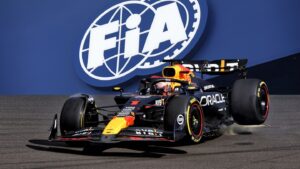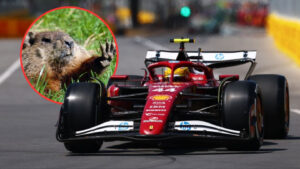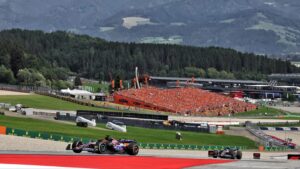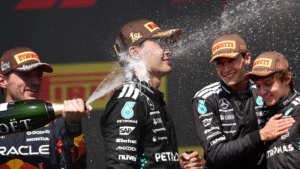Imola Dropped from 2026 F1 Calendar as Madrid Secures Race Slot
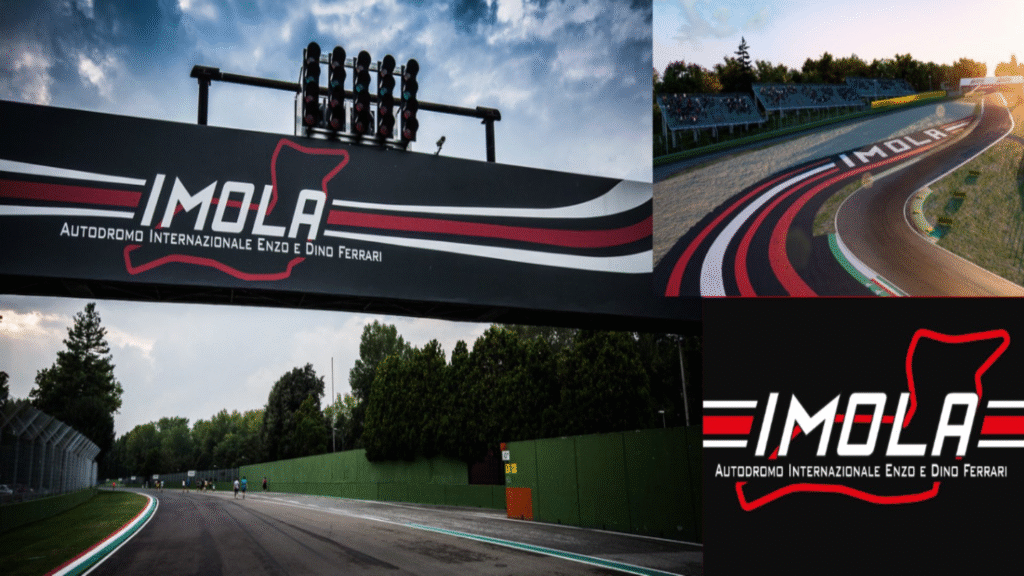
One of Formula 1’s most beloved circuits, Imola, will be absent from the 2026 calendar as part of a major reshuffle that sees Spain gain a second race. In a bold move toward global expansion and logistical efficiency, F1 has opted to prioritize a new street race in Madrid over retaining the historic Emilia-Romagna Grand Prix.
While Italy will continue to be represented by Monza, the decision to exclude Imola has reignited debates about F1’s balancing act between heritage and commercial growth.
🗓️ 2026 Calendar Shift: Out with Imola, In with Madrid
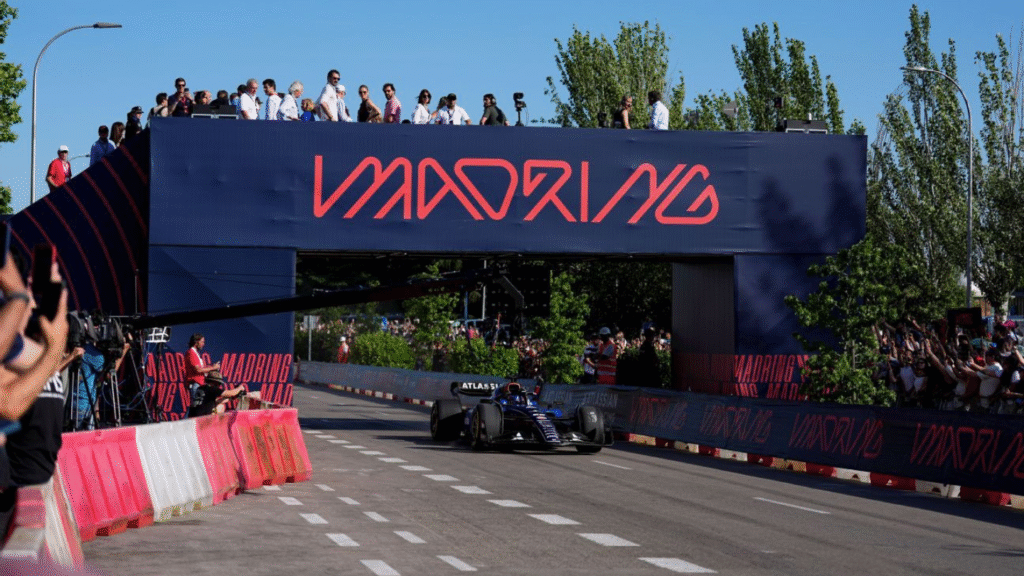
Imola’s absence from the 2026 schedule is part of Formula 1’s rotating race strategy, aimed at keeping the total number of events capped at 24. Spain, meanwhile, will host two races: the long-standing Spanish Grand Prix in Barcelona and a new street circuit in Madrid scheduled for September 13, 2026.
Comparative Look: 2025 vs 2026 European Legs
| Circuit | 2025 Status | 2026 Status |
|---|---|---|
| Imola (Italy) | Hosted in May | ❌ Dropped |
| Monza (Italy) | Hosted in Sept | ✅ Confirmed (to 2031) |
| Barcelona (Spain) | Confirmed | ✅ Retained |
| Madrid (Spain) | — | ✅ New Addition |
🇮🇹 Why Imola Was Cut
The decision comes despite Imola’s passionate fan base and its reputation as a driver-favorite circuit. F1 CEO Stefano Domenicali, himself born in Imola, acknowledged the emotional weight of the cut but emphasized broader priorities:
“Italy is a core market, but with only 24 races, we need to rotate. The fan experience and long-term infrastructure investment are key.”
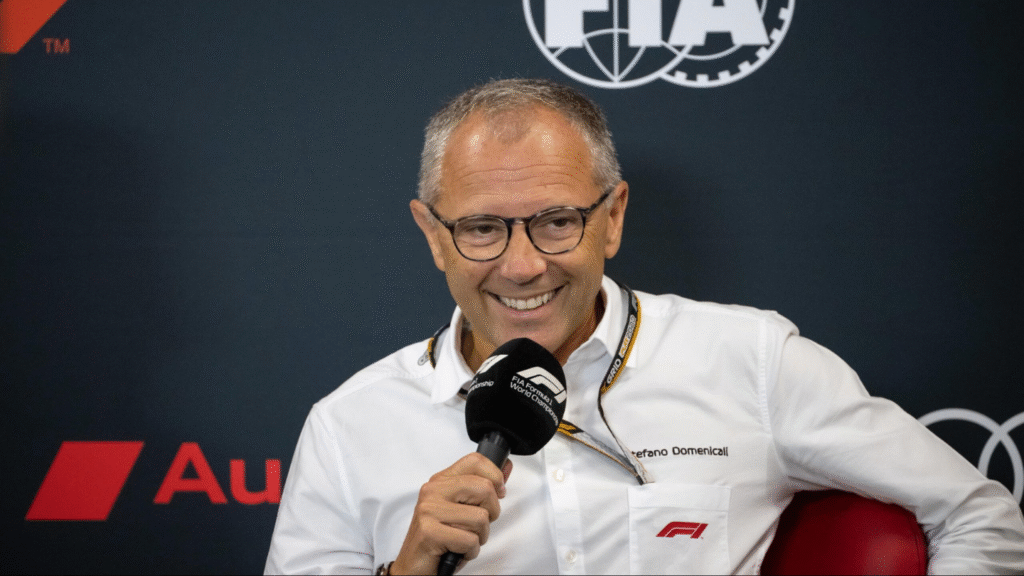
Meanwhile, Italy’s motorsport authority, ACI, expressed disappointment but noted that Imola’s return could still be negotiated in future cycles.
Angelo Sticchi Damiani, President of ACI, said:
“If some countries do not invest or make long-term plans, they risk being left without the Grand Prix. It’s a harsh reality.”
🔍 A Cultural and Strategic Loss
Imola has delivered iconic moments—from Senna’s legacy to modern-era thrills. Its technical, high-speed layout challenges drivers unlike many modern circuits. Replacing it with a street race in Madrid signals a trend toward media-friendly, city-based events that prioritize exposure and financial return.
While popular with broadcasters and sponsors, this move continues a slow shift away from the roots of traditional European racing.
Max Verstappen recently voiced his frustration over the change:
“It’s a shame—it’s a fantastic, challenging circuit with a lot of history. It deserves to stay.”
🌍 Madrid’s Rise Reflects F1’s Global Vision
Madrid’s inclusion aligns with Liberty Media’s vision of expanding F1’s reach into urban centers. The Spanish capital has reportedly offered significant investment guarantees, marketing partnerships, and a purpose-built paddock area integrated into the cityscape.
Combined with the debut of Cadillac and Audi in 2026, and sweeping new technical regulations, Madrid’s entry marks another step in modernizing the F1 brand.
🏁 Final Word: Heritage vs Horizons
Imola’s exclusion isn’t just about one race—it symbolizes the sport’s evolving identity. F1 is no longer just a European championship; it’s a global showcase. As traditional circuits rotate in and out, the challenge lies in preserving the soul of the sport while chasing new markets.
For fans of Imola, 2025 might be the last lap—at least for now.


